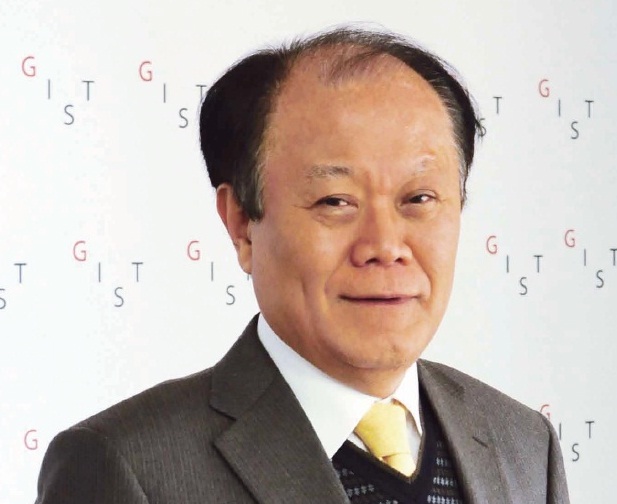Media Center
A multimedia mosaic of moments at GIST
GIST Excellence
Interview with the President of Gwangju Institute of Science and Technology, Young Joon Kim
- 김슬혜
- REG_DATE : 2013.01.16
- HIT : 841
National Science& Technology Commission S&T FOCUS (December)
“Small, but strong GIST will develop elite people for science and technology”
- Interview with the President of Gwangju Institute of Science and Technology, Young Joon Kim -

“The goal of GIST is to become a small, but strong university like Caltech. To achieve this, it will strive to develop talented people who can communicate well.”
Quacquarelli Symonds (QS), which is a British institution for evaluating global universities, publishes the world university rankings annually. This is to encourage competition in good faith, while also identify the objective status of academic achievements made by each university. Gwangju Institute of Science and Technology (GIST) ranked 7th in the world in citations per faculty in the 2012 QS rankings. Despite its the small size and relatively short history, GIST has proven that its quality of research is more outstanding than other Korean universities.
GIST is not widely known to the public. This is because it only had graduate school programs without any undergraduate courses until three years ago. In fact, at the time of the establishment of GIST, it was difficult to imagine that it would reach the current standard in such a short period of time. However, in 2010, it was evaluated as a research-oriented university that is small but strong, which ranked 1st place among Korean universities for the number of publications published in international journals of science citation index (SCI) per professor. In 2014, GIST will have its first graduates from undergraduate courses. As GIST prepares for its future to take a leap forward as an international research institution, let’s hear from the President of GIST, Young Joon Kim, who was newly appointed in June, 2012.
- Congratulations on the outstanding achievements made by GIST in the 2012 QS world university rankings. What do you think is the background behind why GIST was able to grow into a world-class research institution?
“The secret behind GIST’s success is that we set clear goals. As you know, GIST is a relatively small research institution. Therefore, since GIST was first established, instead of comprehensively handling a variety of science and technology fields, we restricted and mainly focused our capabilities on five areas.
This development strategy is based on California Institute of Technology (hereinafter referred to as “Caltech”), which might be small in size but considered to have no competition in the science and technology field. As a result of focusing on the areas related to astrophysics and space engineering, Caltech produced many Nobel Prize laureates.
Like Caltech, GIST also aims for a small number of selected students. Since the beginning, it has strictly prohibited any school relations or regionalism and only considered the professor’s ability to hire them. We rejected researches that followed impractical business plans or that was only for showing, while focusing on creating an environment where you can fully concentrate on research. Also, we were able to grow faster because there was active support from the Korean government.”
- Since you have been appointed as the President, you have attracted attention for laying great stress on research activities. In order to grow into a world-class research institution, what kind of environment and support do you think is needed?
“Important researches that can be the foundation for other fields might have huge risks, but they come out after waiting for a long time with a long-term view and trusting the researchers. Also, it is necessary to develop next-generation researchers by allowing creative failures and giving lots of opportunities to young people. Therefore, after being appointed as the President, I concentrated on ways to improve the quality of researches rather than the number of publications.
Meanwhile, it is necessary to improve the communication skills of researchers. In modern times, scientists are no longer trapped inside the laboratory. Researchers need to interact with one another, while also communicating with the general public and the political circles so that convergence researches can be vitalized to establish the foundation for science and technology to come alive again.